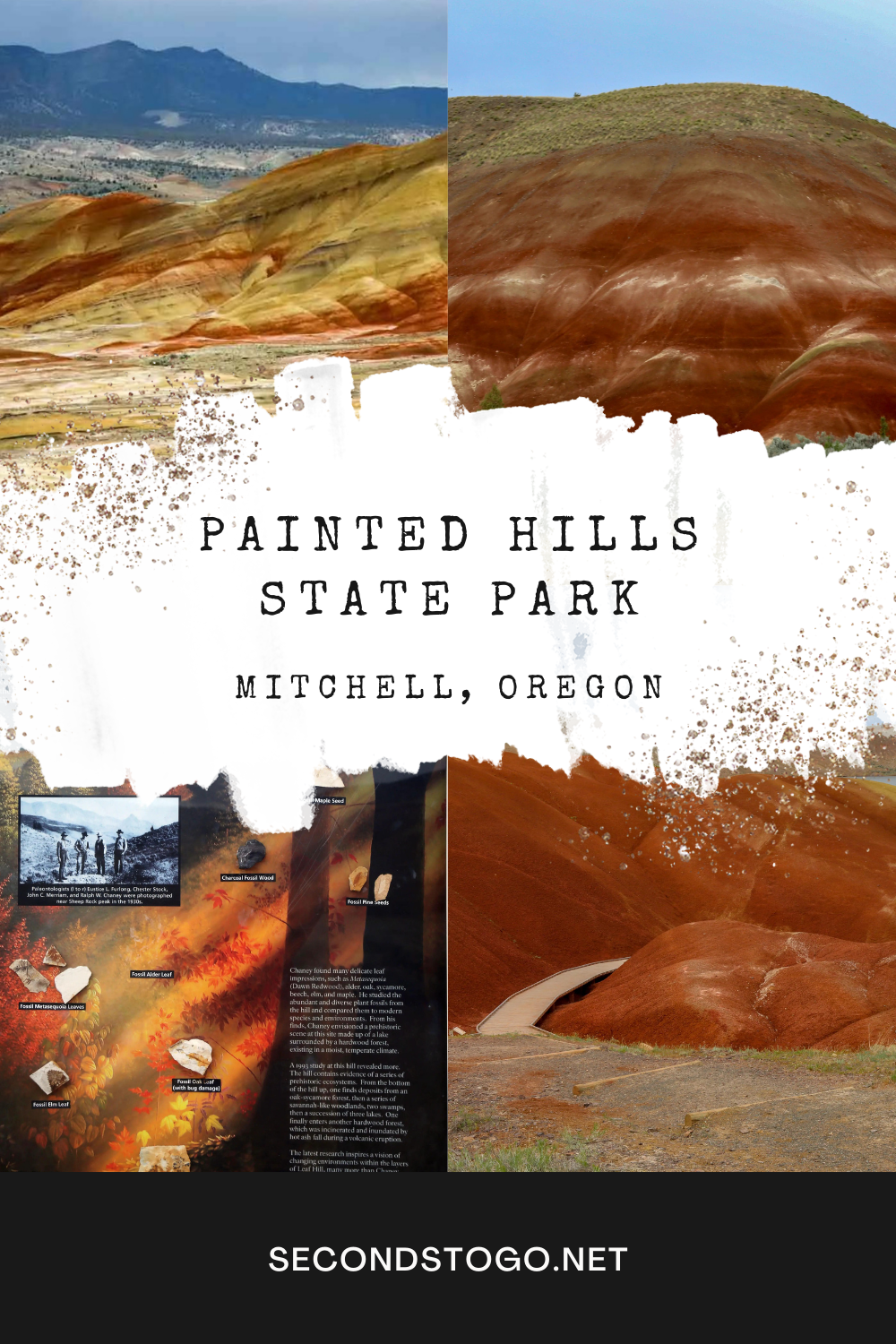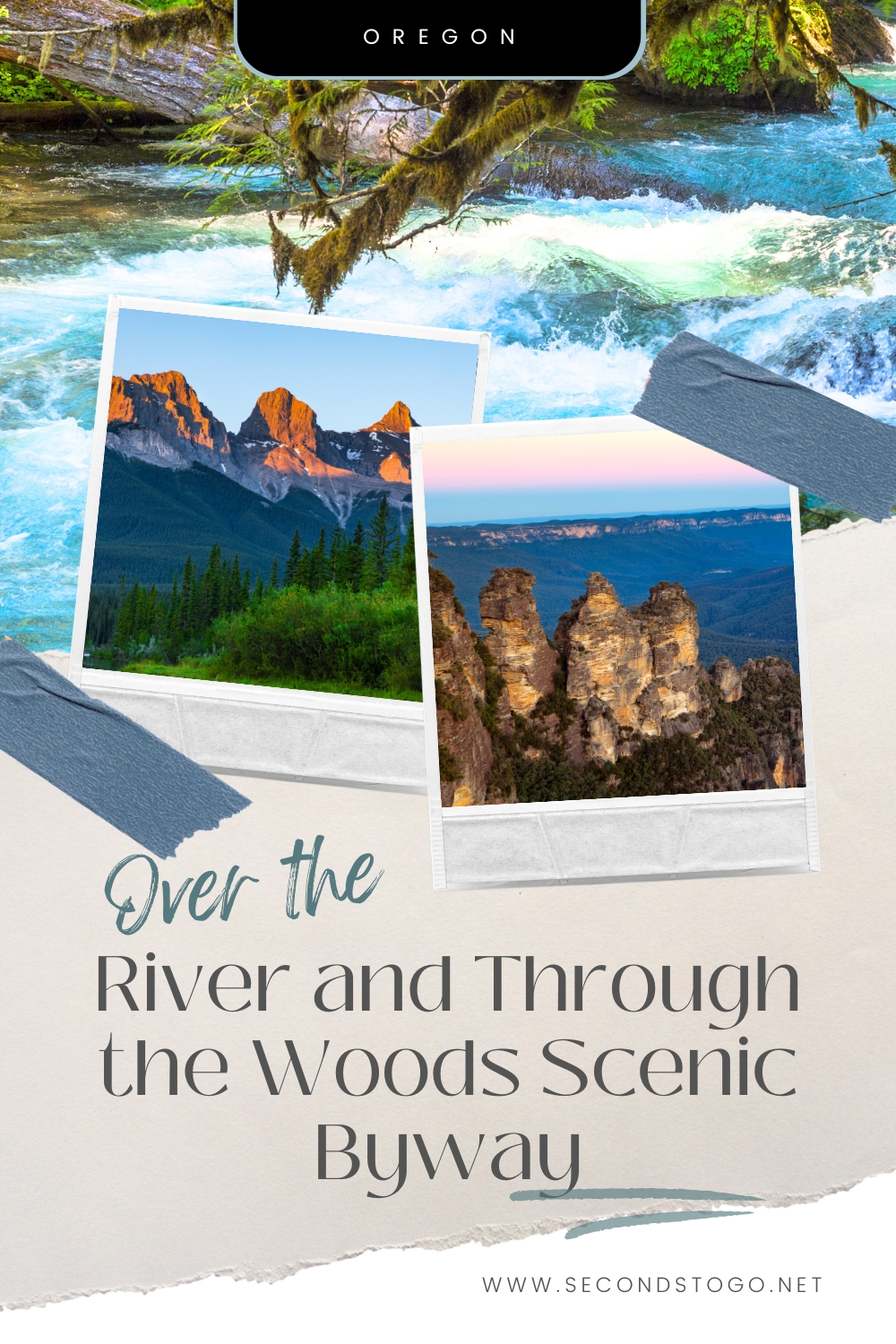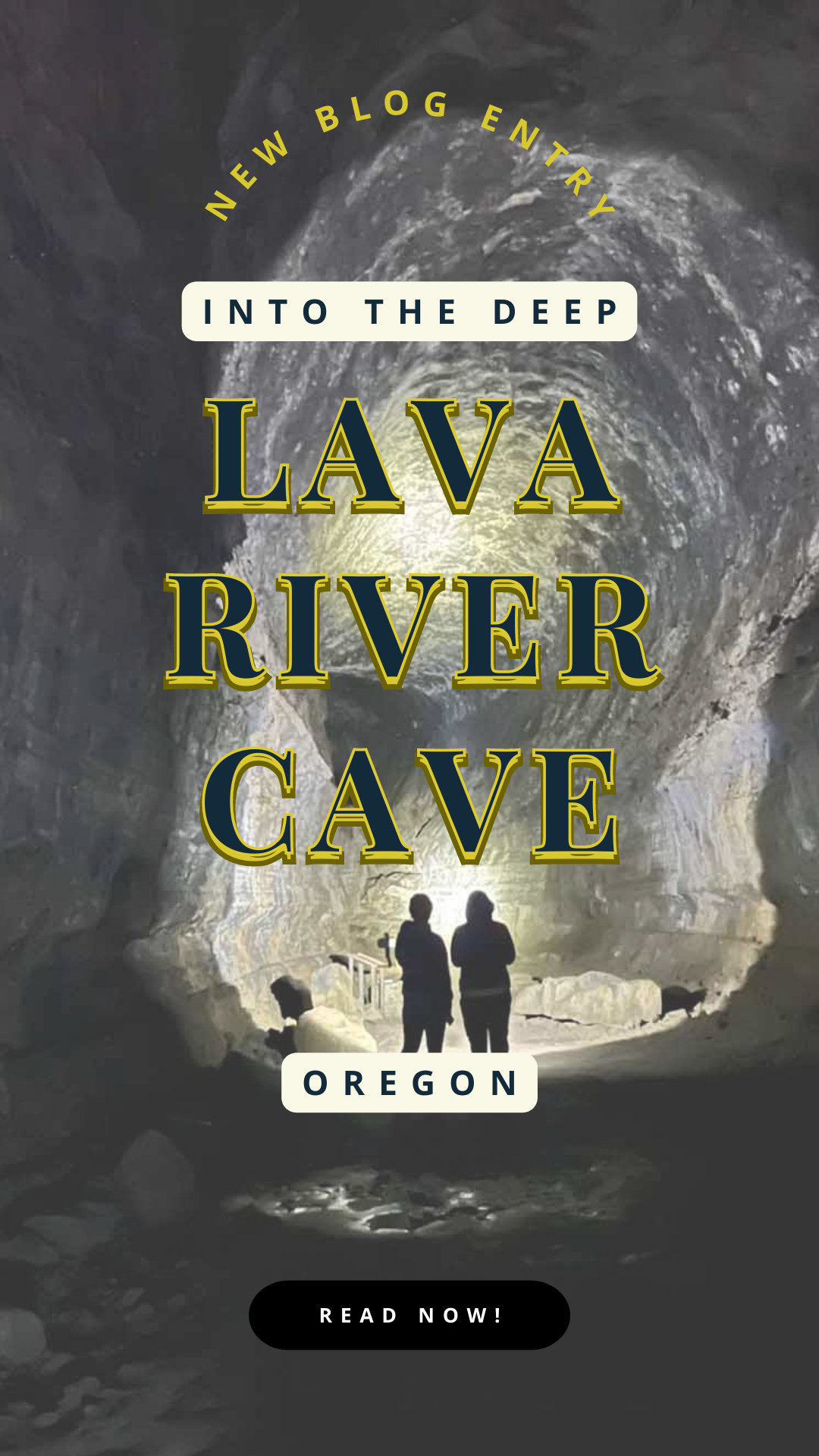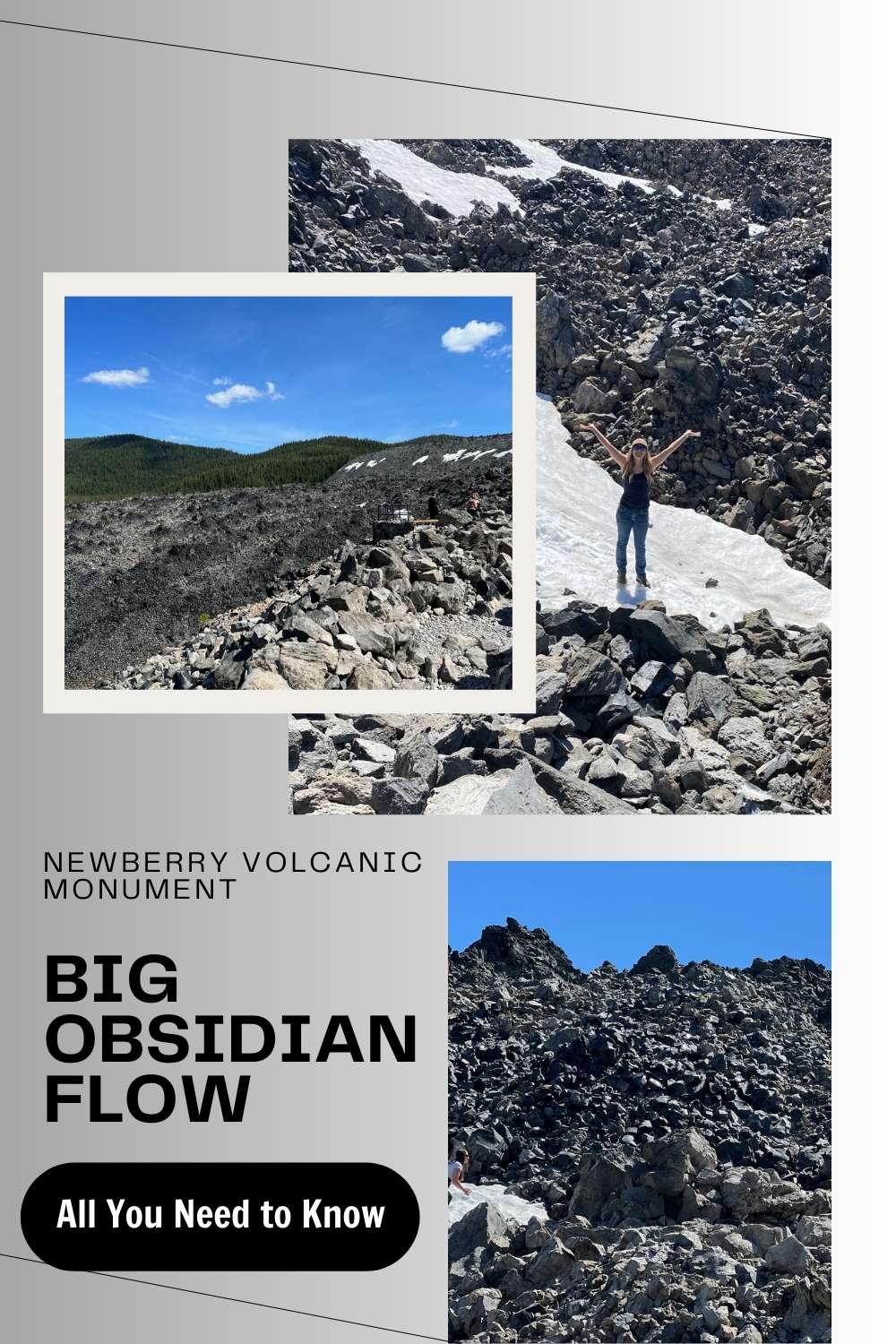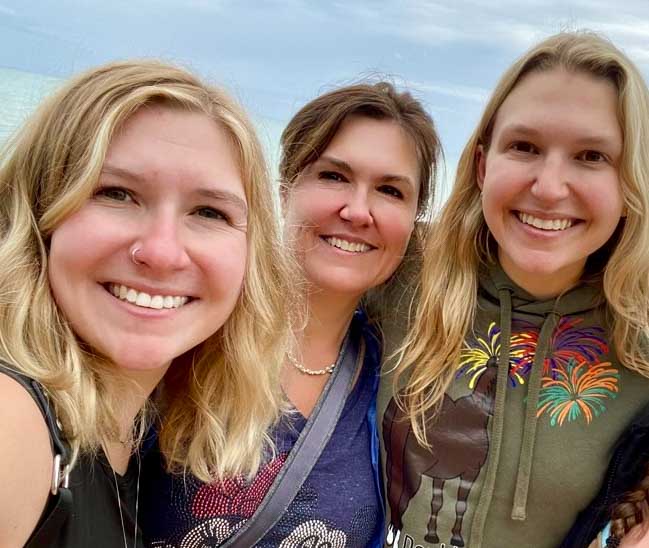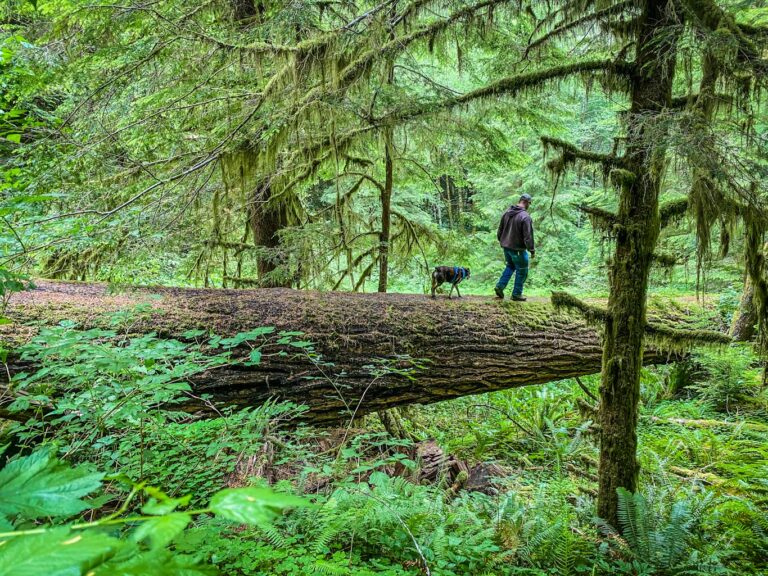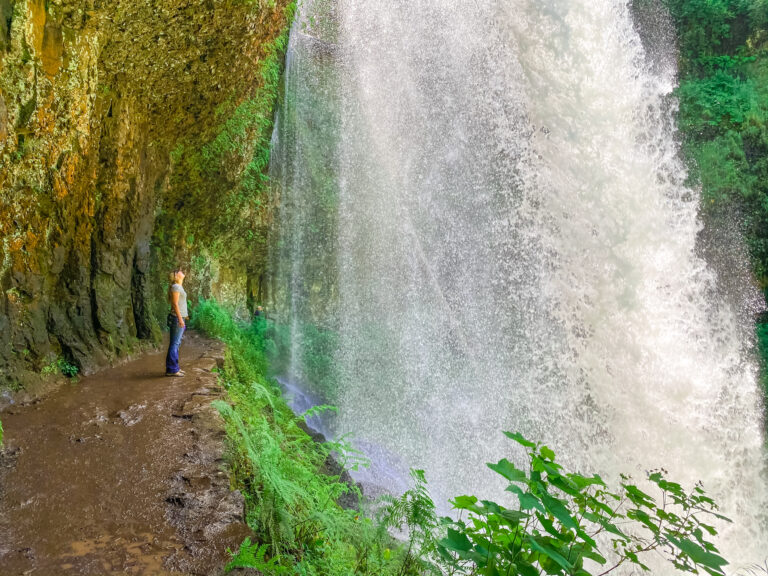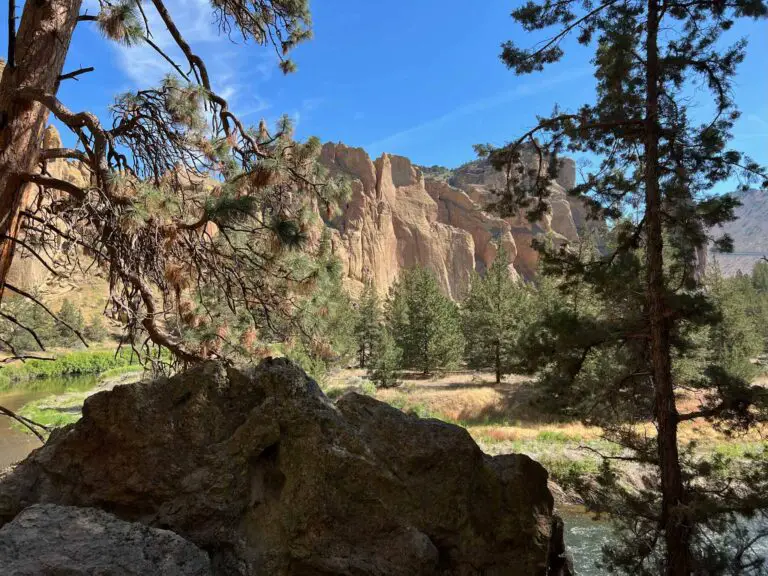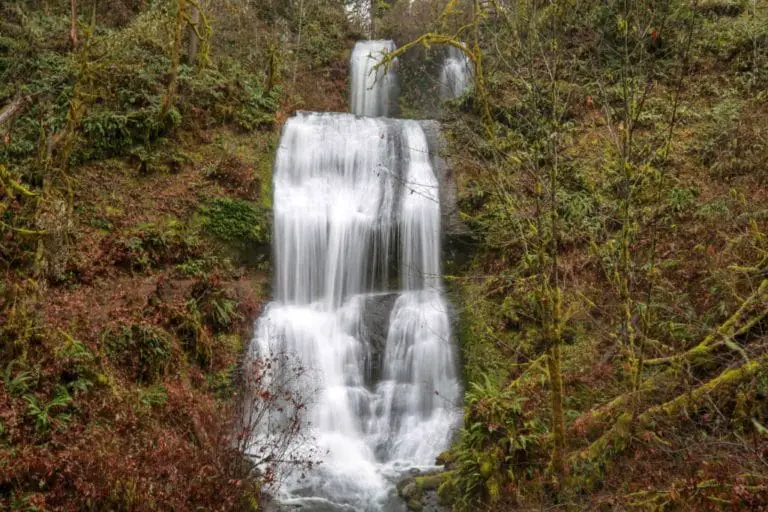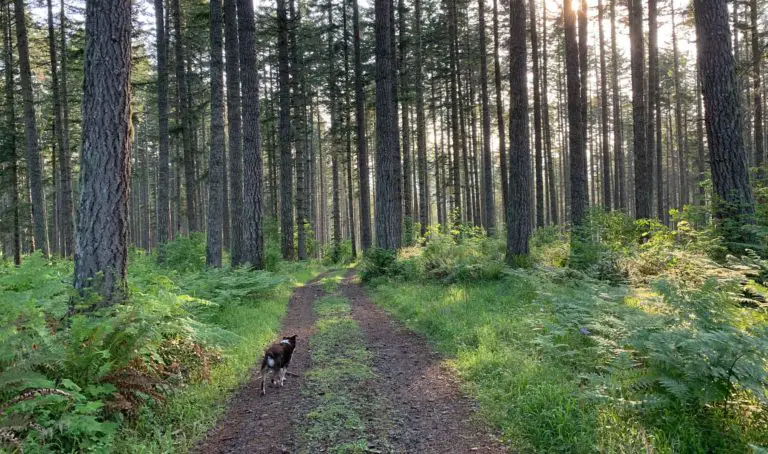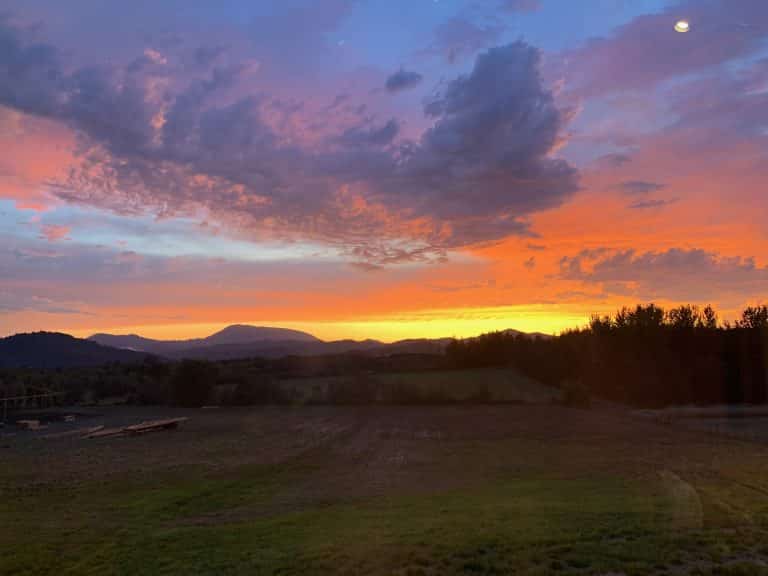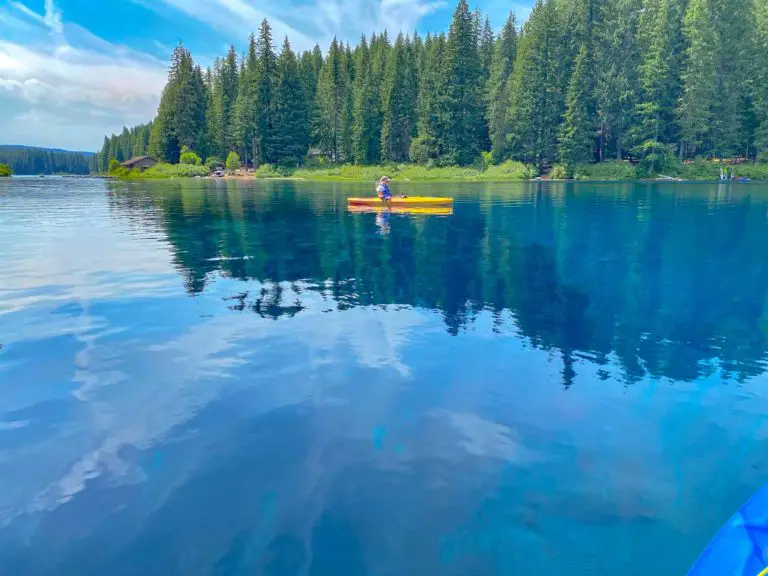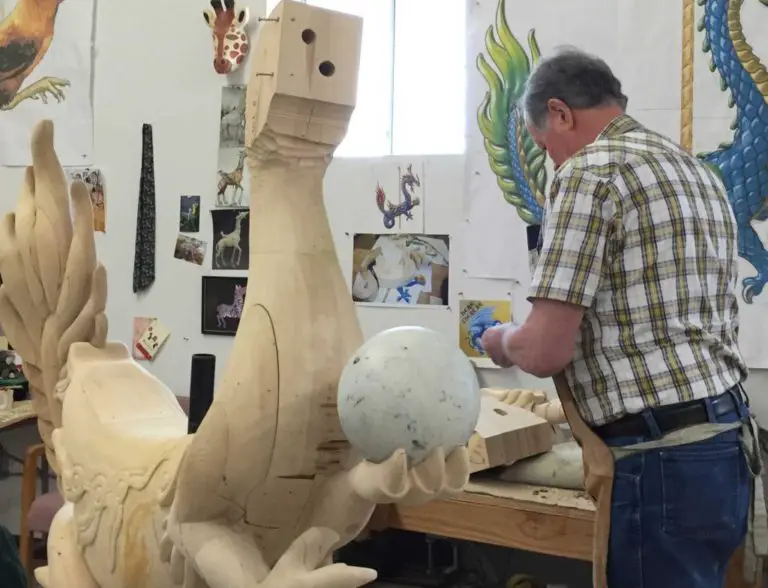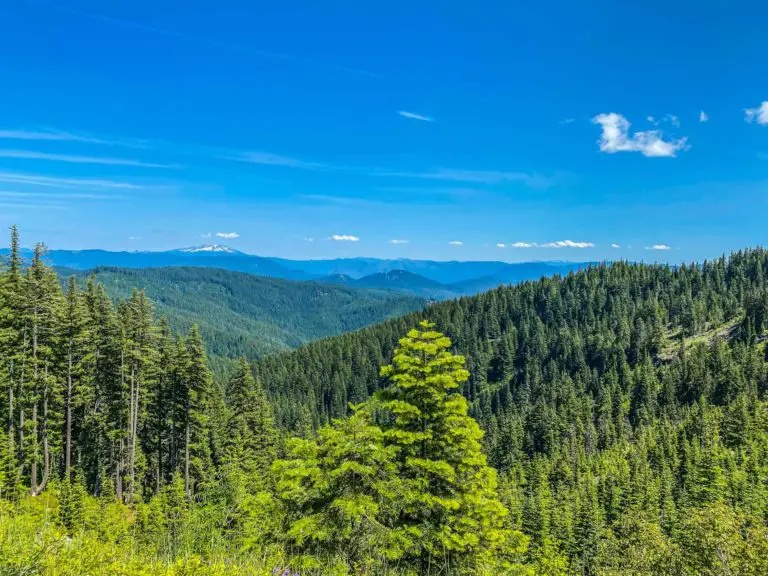Rolling Hills in sunset colors spread across the desert landscape of the Painted Hills State Park, part of the John Day Fossil Beds National Monument in Oregon. They offer a beautiful photo opportunity, but if you look closer, you’ll see much more than that at this amazing Oregon scenic place.
Table of Contents
Painted Hills State Park History
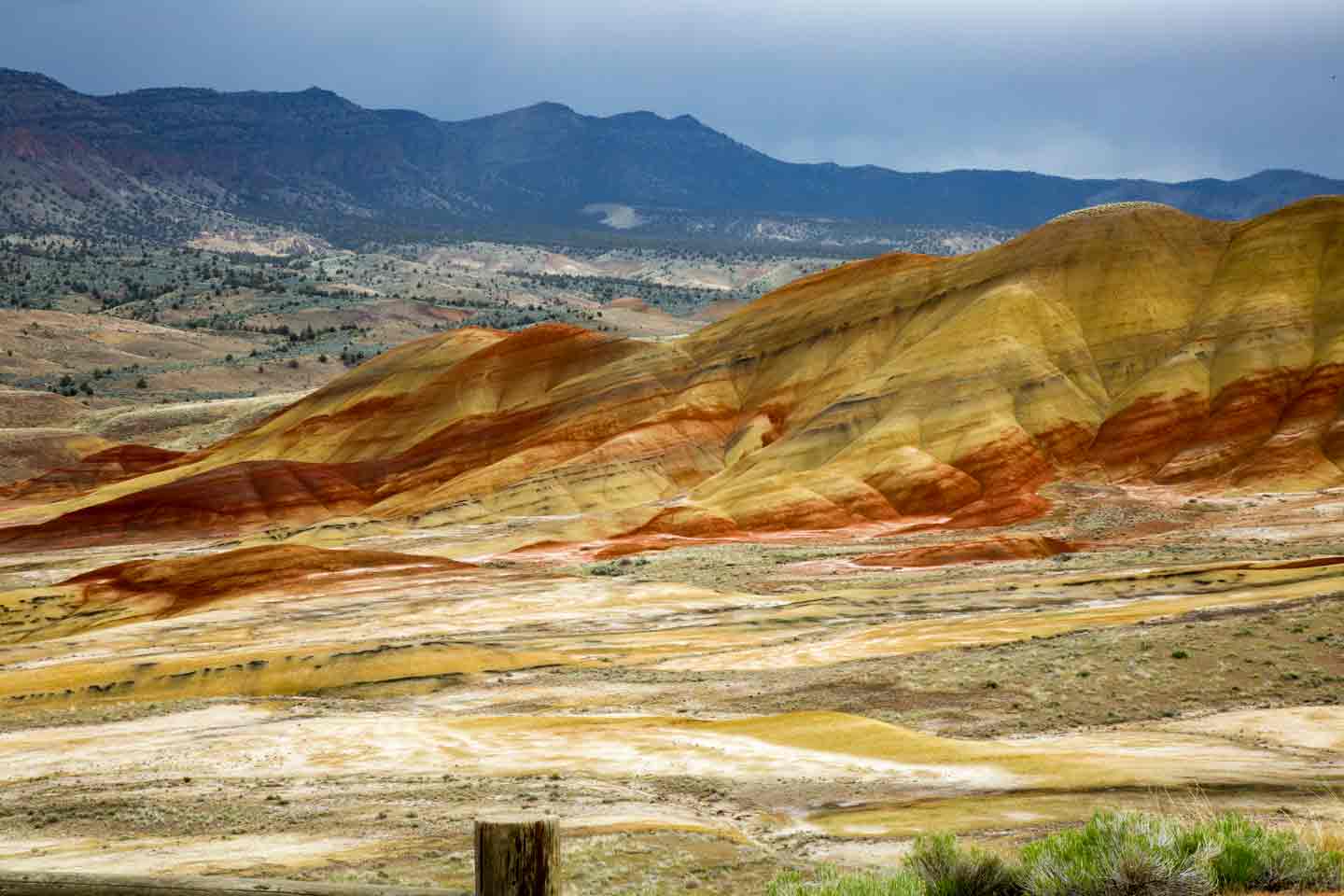
The Painted Hills in Oregon, with their almost alien-like quality, take you on a trip through the Earth’s History, and remind you just how diverse Oregon’s landscapes can be. The clay hills were created 35 million years ago when this area was full of volcanic activity and ever-changing weather patterns. Each color and stripe on the mottled landscape represents a different geological era and soil type, which have melded together to create this beautiful natural artwork.
At one point in the distant past, the hills were the floor of a raging river in a tropical climate. Over the millions of years the geography at what is now Oregon’s Painted Hills, cycled between warm, wet conditions and cool, dry patterns. About 26 million years ago, a cooler more temperate climate began to dominate, allowing new life to emerge.
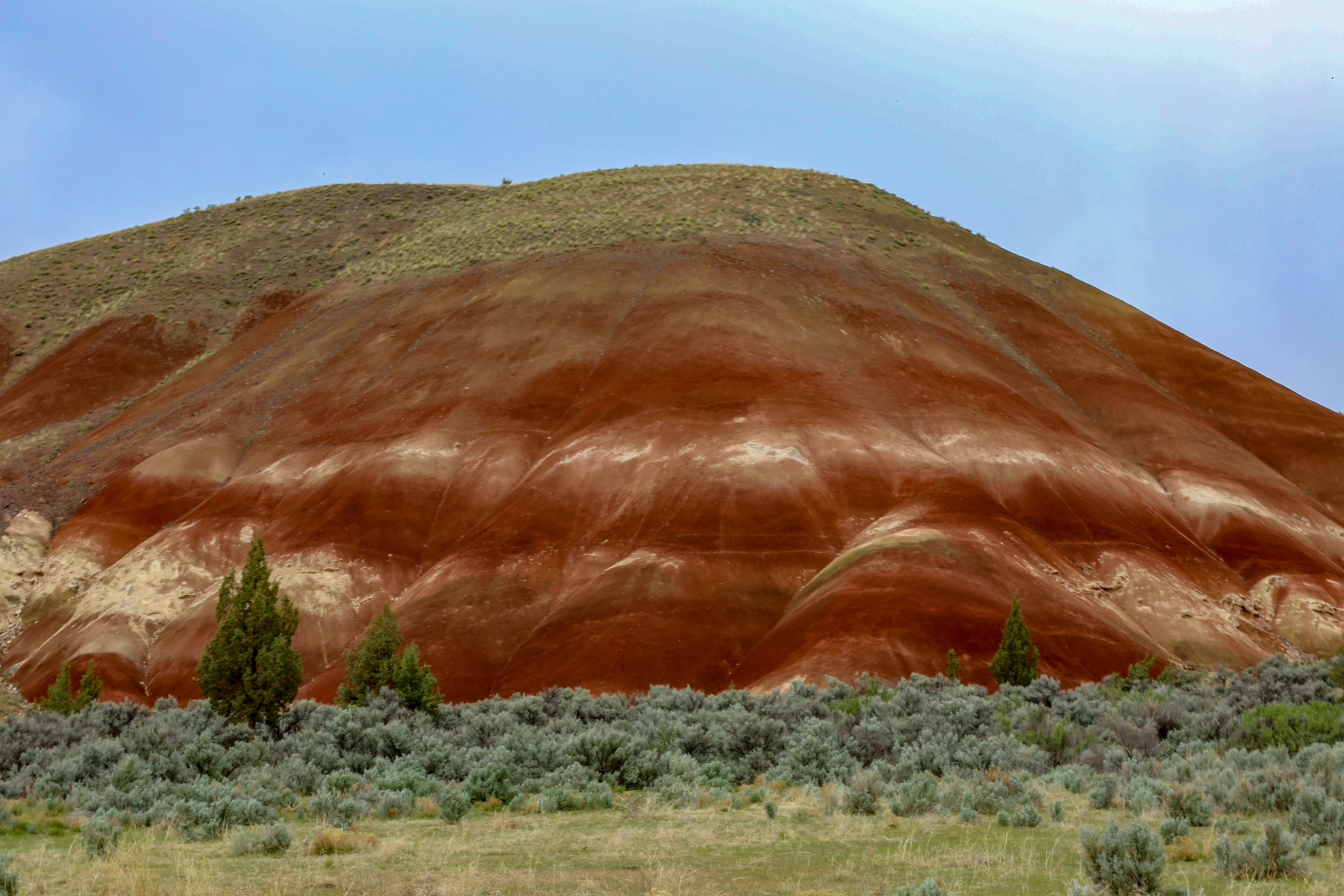
These dramatically changing climactic conditions have painted the hills in blazing stripes of colors with warmer reds and oranges denoting hotter years and cooler colors demonstrating the change toward more temperate conditions.
You’ll also see black hues, the result of compressed vegetative matter that grew along the riverbed. The grey coloring is attributed to mudstone, siltstone, and shale, while the predominant reds and oranges are due to a soil type rich in aluminum and iron that developed when the area was warm and humid.
Beginning 16 million years ago, volcanic activity became prominent, adding another stripe of color to the hills. Over time, erosion occurred, revealing the landscape as it is today at the Painted Hills State Park Oregon.
Visiting Painted Hills State Park in Oregon
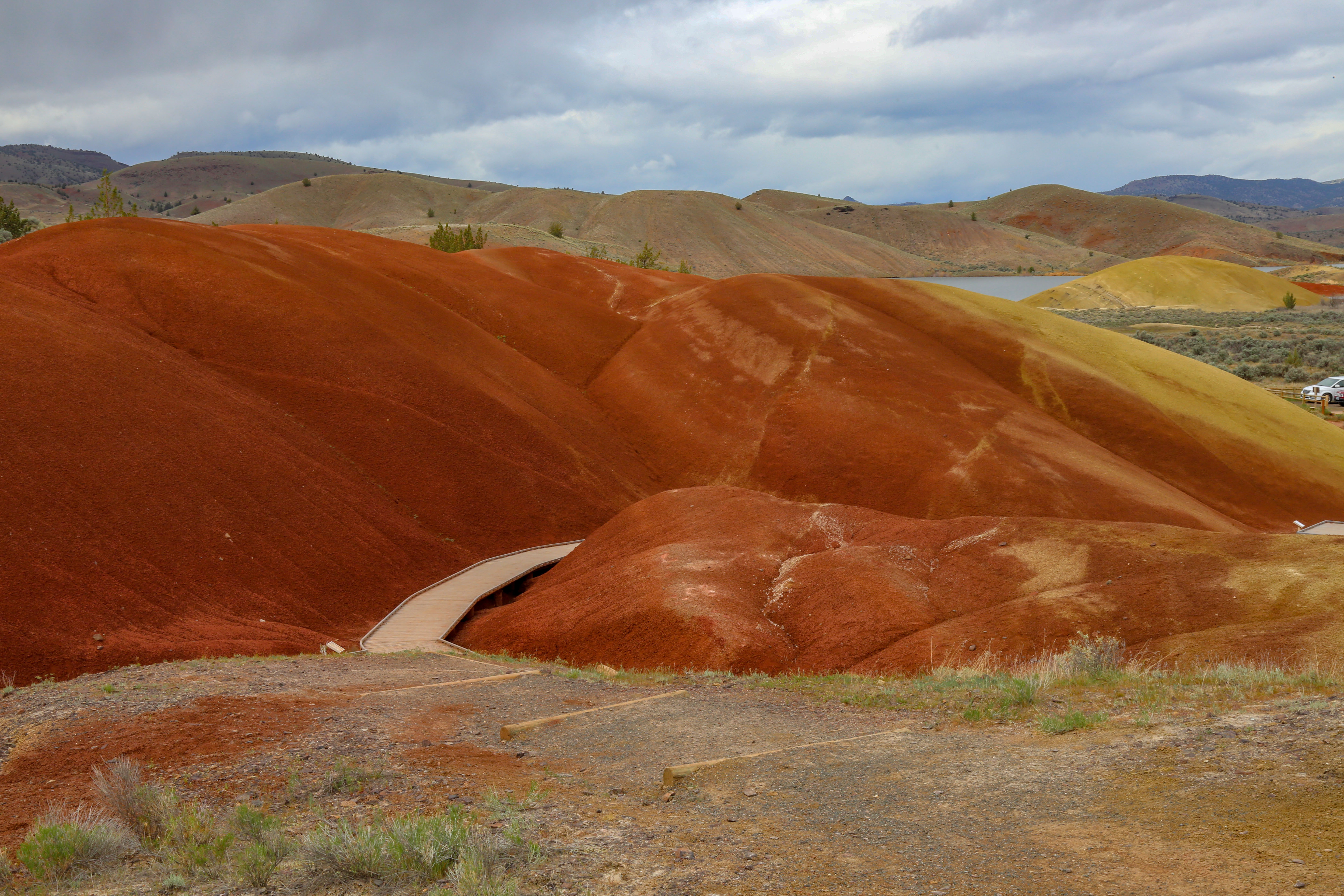
Painted Hills State Park offers many short, easy hiking trails that allow you to see the colors and mounds from different angles.
The constantly changing weather of John Day Oregon can change light patterns and alter the color of the hills. Fresh rain brings out the reds and oranges, and sunshine makes the hills almost sparkle. During the rainy season, streaks of yellow water ease down the hills and pool at the bottom, making it the perfect time for landscape photographers to visit.
The Painted Hills are also home to fossil beds containing the pressed remains of leaves and plant life over 30 million years old. In some of the trails surrounding the hills, small fossils can be found on the ground and surrounding the trail. But be aware, the fossils belong to the park and removing them is prohibited.
If you are an avid hiker, Painted Hills State Park may not be the best place for you. All the trails are brief and straightforward. The longest trail comes in at just 1.6 miles, with the shortest being a quick, easy stroll of ¼ mile. The easy jaunts around the different hills make this a perfect spot to bring the whole family. Just be sure to keep everyone on the trails and boardwalks. The landscape is fragile and easily damaged by human traffic.
When visiting, make sure to bring plenty of water to drink as you explore, the weather can get quite warm in the summer. Although, there is a visitors center where you can stop, replenish your water sources, and enjoy a picnic on the well-groomed grounds.
The Other Units of the John Day Fossil Beds National Monument
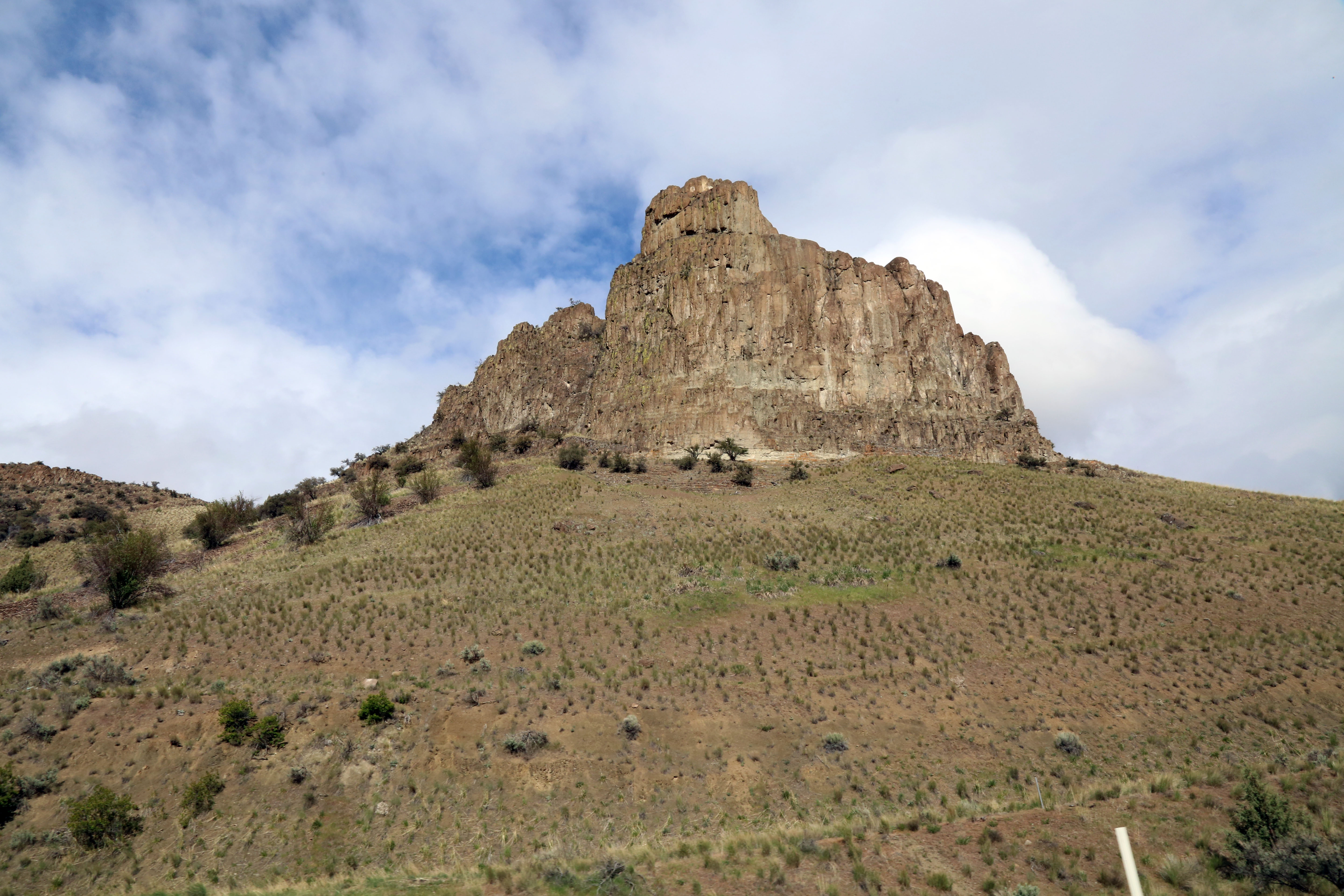
While the Painted Hills in Oregon can easily fill up a couple hours, if you are looking for an all-day adventure, try the rest of the park. The 14,000 acre John Day Fossil Beds National Monument contains three other parks that contain more unique opportunities to learn about the area’s geological history.
The Clarno Unit spouts large rock formations called palisades. The Palisades are the largest formations in the park and were created 40-50 million years ago by mudflows. Many fossils of ancient animal and plant life have been found here. If you look closely on the cliff walls, you may be able to see some embedded fossils.
The Sheep Rock Unit boasts geological formations of green claystone that date back millions of years. As natural erosion occurs in the formations, many vertebrate fossils have revealed themselves. This unit has hiking trails, the Historic Cant Ranch and the Thomas Condon Paleontology Center.
The Thomas Condon Paleontology Center serves the public and scientific communities of John Day. At the center, enjoy a short film about the scientific history of the park, then explore the displays of over 500 fossils from the area.
Directions to the Painted Hills
From Highway 26, about 9 miles outside of Mitchell, Oregon, turn onto Burnt Ranch Rd, also known as Bridge Creek Rd. Travel 5.6 miles until you see a sign for the Painted Hills. Take a left onto Bear Creek Rd. Travel another 2.6 miles, then take a left to the Visitors Center.
Camping at the Painted Hills State Park Oregon
While there are not many hotels nearby the Painted Hills State Park, as this is an extremely rural area of Oregon, there are ample camping opportunities nearby. It is worth noting that no camping is available inside the state park, which includes all three units mentioned above. This is to protect the fragile landscapes.
Nearby the Painted Hills State Park are a few campgrounds. The Burnt Ranch Campground, Lower Burnt Ranch Campground, and Priest Hole Campground are located down the road and offer primitive camping spots. They have a toilet, but no water access, so plan accordingly.
There are more small, primitive campgrounds in each unit of this state park, but for more amenities, you will need to head into Mitchell, or Prineville. For a full list of campgrounds, please consult this website.
What to Know Before You Visit the Painted Hills
- Open year round- but it is best to not visit in winter
- Restrooms are available at the visitor’s center
- Water fountains and picnic areas are also located at the visitor’s center
- Easy hiking trails
- Located 9 miles northwest of Mitchell, OR at 37375 Bear Creek Rd, Mitchell, OR 97750
- No cost to visit
- Do not take any fossils or rocks you find
Frequently Asked Questions About the Painted Hills
Are the Painted Hills Worth it?
The short answer is yes! The Painted Hills offers breathtaking views that cannot be experienced anywhere else. Short hiking trails provide an easy way to get some steps in while taking you through the best views. There are a few drawbacks to the Painted Hills though. The location is extremely remote, which means a long drive down a dirt road, and no places to stop for food.
Can You Walk On the Painted Hills?
Walking on the Painted Hills is prohibited, as is taking fossils from any part of the John Day Fossil Beds National Monument. walking on the hills will damage the natural landscape and cause erosion to occur faster, which would decay the hills faster than nature would. Boardwalk pathways weave through the hills for visitors to walk on.
What City is the Painted Hills In?
The Painted Hills of Oregon are technically located in Mitchell Oregon. They are part of the John Day Fossil Beds, which consists of three units, that are spread out, about an hour or two apart.
When Can You See the Painted Hills of Oregon?
The best times to see the Painted Hills are during sun. The sun reflects off the hills and causes the colors to really pop. That being said, summer is very warm inside the park and there are not many places to fill up water. After rain is also a good time to visit the hills. Rain water causes some of the colors to leak and run down the hills.
Where Should I Stay When Visiting the Painted Hills and the John Day Fossil Beds?
There are some small hotels/ cottages for rent near the intersection of Ochoco Highway (26) and The Service Creek- Mitchell Highway (207) in Mitchell Oregon. There is not much in Mitchell, if you are looking for a bigger town to stay in, Prineville and Redmond offer more lodging and dining options. Prineville is just over an hour from the hills, and Redmond is 90 minutes away.
